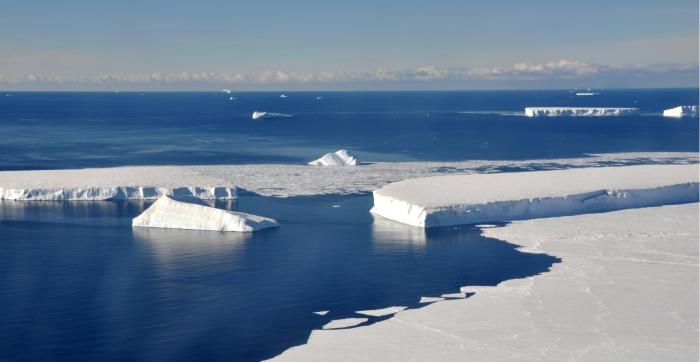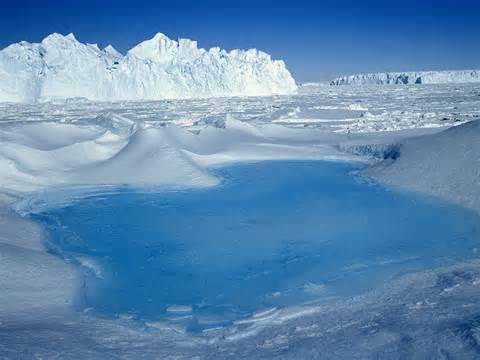The international target for our expansive oceans is to designate 10% for ocean conservation as set forth by global leaders. Sadly, at this point in time, only 1% is protected today. That area includes the large territorial waters surrounding Hawaii and the Mariana Islands. This was largely due to the measures taken by George W. Bush during his presidency.
So you may be wondering how we can go from 1% to 10%, a task that seems promising but the bigger question at hand is whether this is an achievable goal or not. A meeting is currently underway in Bremerhaven, Germany where a group of 24 nations and the European Union are meeting once again from July 11-16, 2013. They had met previously last fall but couldn’t come to an agreement. Now they will be discussing setting aside two marine protected areas in the ocean surrounding Antarctica. If the meeting goes as planned and all nations are agreeable, these two sanctuaries would become the largest marine reserves on our entire planet and raise the protected status of the world’s oceans from 1% to 3% immediately, inching us closer towards the halfway point of the 10%.
CCAMLR, Commission of Antarctic Marine Living Resources, has played a pivotal role in building awareness and putting the meeting to discuss the plan in place. This organization was established by international consensus in 1982 to safeguard Antarctic marine life. Right now there are two proposals being discussed. One is to set aside huge parts of the Southern Ocean around East Antarctica and the other concentrates on the Ross Sea, just south of New Zealand. Imagine an area 3 1/2 times the size of Texas and that is what is under discussion and set to change the face of conservation of our oceans.
An advocate conservation group for the Ross Sea is the Antarctic & Southern Ocean Coalition led by Jim Barnes. This area really is nature at its finest filled with whales, penguins, seals and albatrosses. But Barnes stresses that both this area and the East Antarctic area are equally under consideration and both are bountiful with marine wildlife.
Even as this article is written, the original proposal for the Ross Sea was revised to allow fishing in a specific part of the protected area so that nations catching Antarctic toothfish are not forgotten. These fish are a profitable catch known to sell for over $35 per pound in the United States. But how do you know if fishing vessels are really obeying the territorial rules set forth? It will not be an easy task to enforce should it pass.
Just how crucial the Antarctic ecosystem is to our way of life was brought to light by Sylvia Earle, former Chief Scientist of the U.S. National Oceanographic & Atmospheric Administration. As she noted, “The plants, the animals, and the chemical cycles – including carbon, nitrogen and phosphorous cycles – are interconnected. They affect the life-support systems that keep our planets habitable.”

If the goals are put into play, expiration would be one area of concern. The Ross Sea reserve would require renewal in 2064 and the East Antarctic reserve would expire in 2043. Renewal would be a definite requirement.
What it all comes down to is which is more important? Thinking of short-term industry profits vs. long-term environmental benefits. For now we leave that difficult decision in the hands of our world leaders. However, knowing that the oceans are in constant threat from marine pollution, overfishing, ocean acidification and other harmful stressors that continue to take their toll, we as concerned divers must rally to bring about this step that will lead us in a positive direction to bring greater conservation to our precious oceans in our lifetime.


